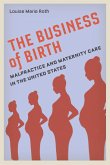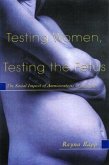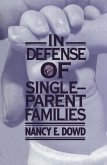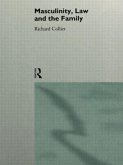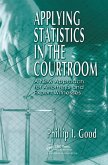Today, the family has come to be defined by individuality and choice. Once simple questions have taken on a dizzying complexity: Who are the "real" parents of a child? What are the relationships and responsibilities between a child, the woman who carried it to term, and the egg donor? Between the child and the sperm donor? Between viable sperm and the wife of a dead donor? The courts and the law have been wildly inconsistent and indecisive when grappling with these questions. Should these cases be decided in light of laws governing contracts and property? Or is it more appropriate to act in the best interests of the child, even if that "child" is unborn, or even unconceived? No longer merely settling disputes between family members, the law is now seeing its own role expand, to the point where it is asked to regulate situations unprecedented in human history. Defining the Family: Law, Technology, and Reproduction in an Uneasy Age provides a sweeping portrait of the family in American law from the nineteenth century to the present. Janet Dolgin charts the response of the law to modern reproductive technology as it both transforms our image of the family and is itself transformed by the tide of social forces.
Hinweis: Dieser Artikel kann nur an eine deutsche Lieferadresse ausgeliefert werden.
Hinweis: Dieser Artikel kann nur an eine deutsche Lieferadresse ausgeliefert werden.


